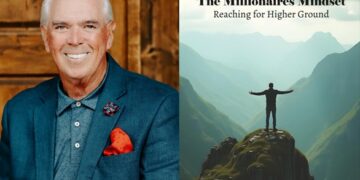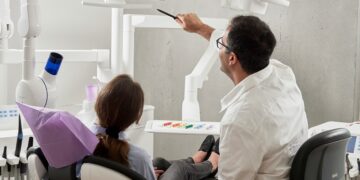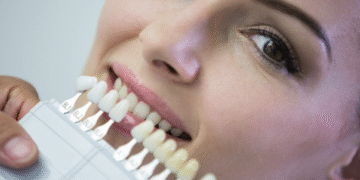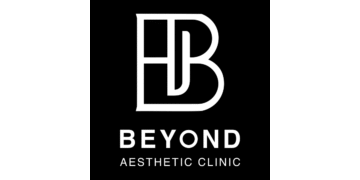Yes, men experience a form of menopause just like women, but it often receives far less attention. Andropause, commonly referred to as “male menopause,” is the age-related decline in key hormones such as testosterone. Over time, this leads to a range of physical, mental, and emotional symptoms that accumulate as men age.
Unlike menopause, which happens over a relatively short period and marks the end of reproductive capability due to declining estrogen and progesterone levels, andropause is a slow, gradual process that unfolds over years. The primary hormone involved is testosterone, essential for male sexual function, muscle mass, energy levels, and mood regulation. Testosterone levels typically begin to decline around the age of 30, at a rate of 1-2% per year, but the symptoms of andropause usually become more noticeable between ages 40 and 60. These symptoms include fatigue, reduced libido, erectile dysfunction, mood swings, muscle loss, and weight gain, particularly around the abdomen.
We spoke with Dr. Ivan Rusilko, a specialist in lifestyle medicine based in Miami Beach, who has been treating men experiencing andropause for the past 15 years. Dr. Rusilko highlights how andropause is an unavoidable part of aging for men:
“Andropause isn’t something that men may experience, it’s something they will experience during their lifetime, some sooner than others. The infamous dad bod is a perfect example of the progression of andropause. The ability to build muscle and burn fat diminishes as hormones like testosterone, DHEA, and IGF-1 begin to slip. Toned bodies and sharp minds of one’s 20s give way to soft midsections and clouded intellects of our late thirties and beyond as our body’s aging accelerates. Depression sets in along with a diminished outlook on life and lust, tornadoing one’s lifestyle into disarray.”
In addition to testosterone, other hormones such as DHEA (Dehydroepiandrosterone) and IGF-1 (Insulin-like Growth Factor 1) also decline with age, exacerbating the effects of andropause. Compounding this, as testosterone levels drop, the body begins converting more testosterone into estradiol (a form of estrogen), leading to further imbalances. This hormonal shift worsens symptoms like weight gain, particularly in the abdominal area, and mood instability.
Dr. Rusilko warns that addressing andropause isn’t as simple as prescribing testosterone replacement therapy (TRT):
“One needs to understand that testosterone therapy isn’t a standalone cure for this disorder. Many clinics promote testosterone therapy, TRT, as a one-size-fits-all cure to aging in men, which is completely wrong and actually dangerous. Andropause is a collaboration of many things—from multiple hormone depletion to increased stressors to lifestyle decisions like sleep quality, nutrition, and toxin riddance. Many things need to be addressed when trying to slow or even halt the descent into full-blown andropause before it’s too late. The key is diagnosing the problem, not just addressing the symptoms.”

Andropause differs from menopause in that men maintain reproductive potential, though reduced, throughout their lives. In contrast, menopause marks a definitive end to a woman’s reproductive years. While men don’t experience a sudden drop in hormone levels, the long-term, steady decline still significantly impacts quality of life.
Several lifestyle factors can worsen the symptoms of andropause, including chronic stress, poor diet & sleep, lack of exercise, excessive alcohol consumption, and obesity. Additionally, certain medical conditions such as type 2 diabetes, LOW cholesterol, and metabolic syndrome are associated with reduced hormone levels and can accelerate the onset or severity of andropause.
Dr. Rusilko stresses the importance of addressing lifestyle changes as the first step in managing andropause:
“One needs to take a common-sense approach when addressing the signs of andropause in men. Lifestyle choices are first and foremost when it comes to slowing the process. Better sleep, proper nutrition, avoidance of stress—even participating in hobbies—all work to help rejuvenate the body’s glandular production of essential hormones. This is then followed by proper replacement of diagnosed low hormones, with the main goal of restoring the natural function of the glands to produce a more youthful production. This is where the magic lies in treating andropause—the complete correction of all contributing factors, NOT just replacing testosterone and expecting a miracle. There are no miracles in medicine, but if approached properly, hormone replacement can be that cure to what ails you.”
While hormone replacement therapy can improve energy, libido, and muscle mass, it must be carefully monitored by a qualified healthcare provider. With the rise of the wellness industry, many unqualified practitioners and businesses have begun offering superficial treatments that fall short of a true restorative program.
“The possibilities in this industry to help men regain that youthful outlook are great, but unfortunately, there are many unqualified people masquerading as thought leaders, providing inadequate treatments to patients who don’t know any better. I encourage everyone who believes they may be in the beginning of andropause, or right in the middle of it, to seek out qualified physicians that have been doing this for many years. There is so much potential to extend both lifespan and quality of life by correcting andropause—just make sure you find someone that is in it with your best interests at heart.”
In summary, andropause is a natural process of aging that all men will experience. However, with early intervention through lifestyle changes and, if necessary, hormone replacement therapy, it’s possible to greatly improve quality of life, maintain vitality, and slow the progression of andropause.





























